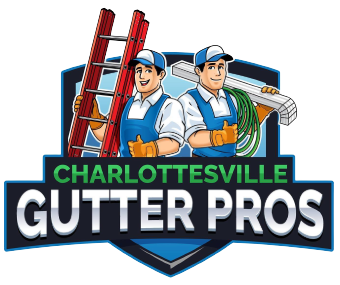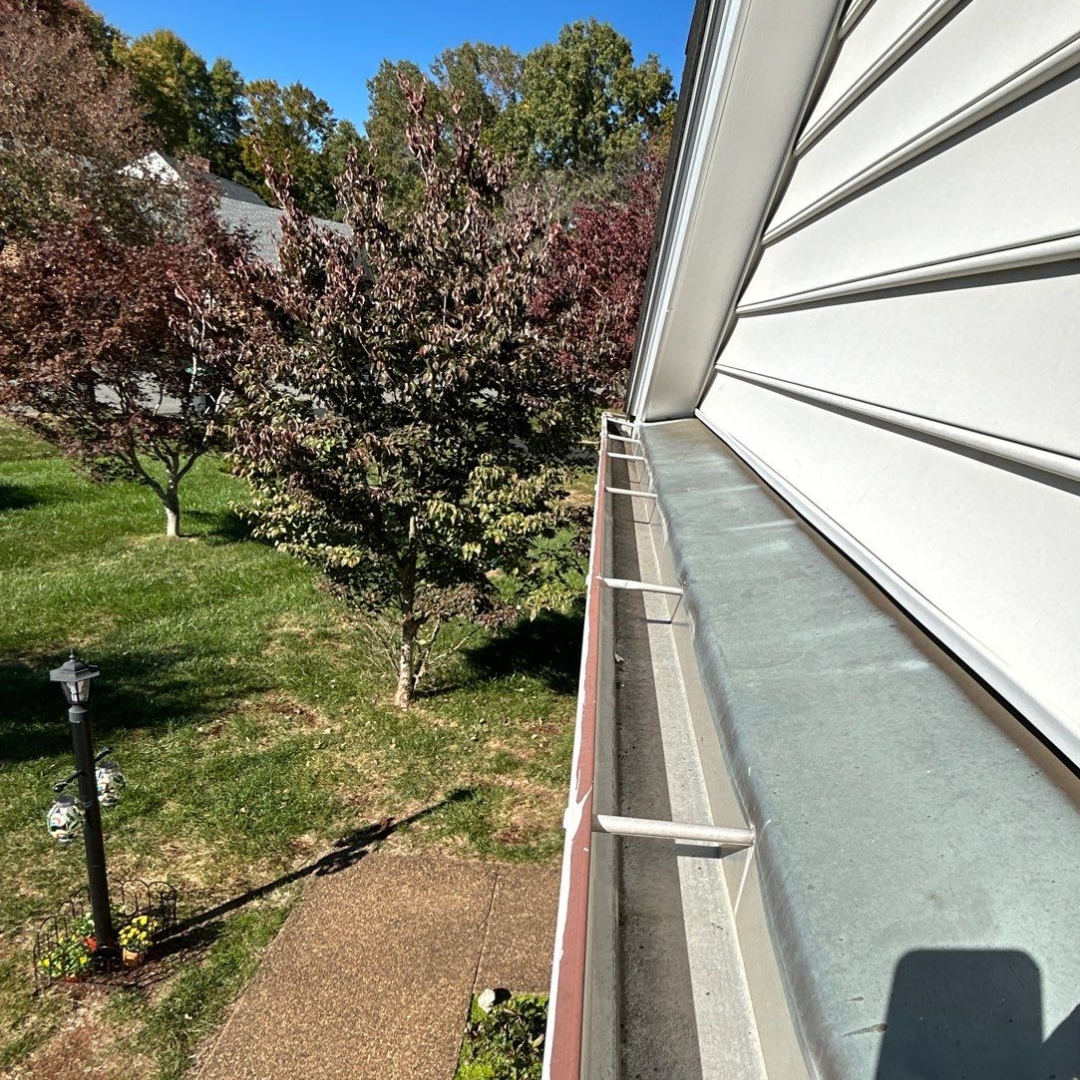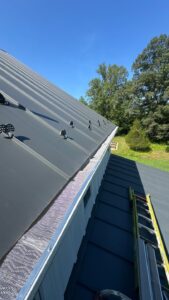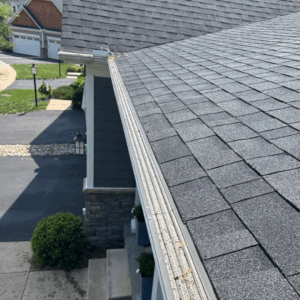When searching Charlottesville for gutter services, many people are asking themselves, Do I need bigger gutters? This is a common question so if you’ve wondered the same thing, you’re not alone! If you have recently looked out your window during a heavy rain and water is spilling over your gutters and overflowing, then a very common next thought is, Maybe my gutters are too small. If my gutters were larger, they wouldn’t overflow like this. In this article, I will answer that very question and help you determine if you need larger gutters. After you read this, you will know everything you need to know to make an educated decision with your gutter system and you’ll be able to self-determine whether your gutters are too small. Let’s get started.
Common reasons people think they need bigger gutters
The most common reason people in Charlottesville and Albemarle County think they might need large gutters is because their gutters are overflowing when it rains. The idea is, if these suckers were larger then they could hold more water and then the water wouldn’t overflow!
Another common reason you may have considered larger gutters is because you think your gutters look too small. Many people opt to replace their gutters because they are too old, ugly, or they’re a little too small for the size of home. A large prominent beautiful home is better paired with an equally sized gutter system.
The third most common reason people want to get bigger gutters is because their gutters are leaking. If you’ve ever had leaking gutters you know how annoying it can be! But even more importantly than that, the leaks can lead to far worse problems like rotting fascia and foundation issues.
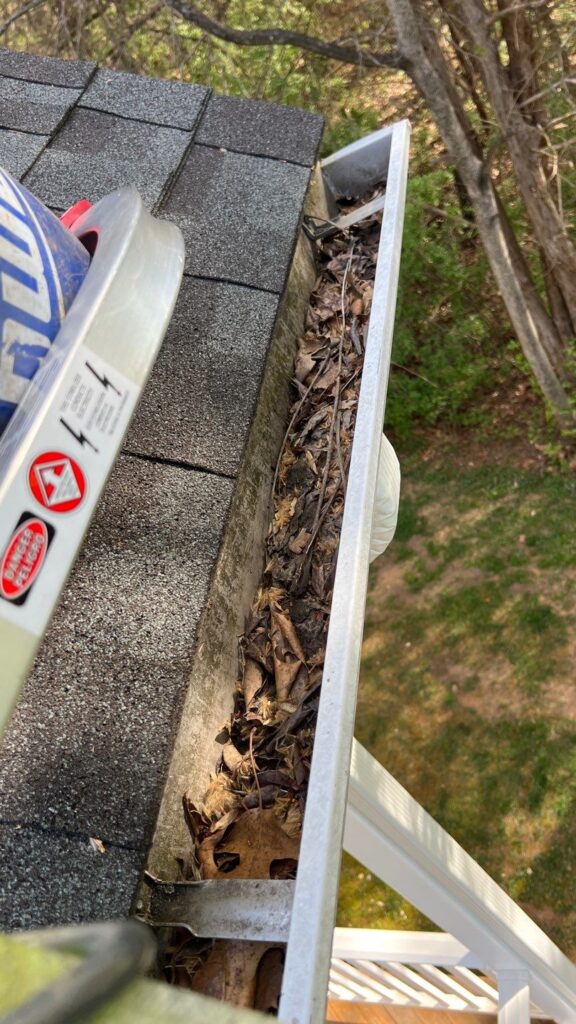

Determining what’s actually causing your gutters to overflow
If your gutters are overflowing it could be due to a number of reasons. First, your gutters could be clogged. The most common reason gutters overflow is because they’re clogged, not because they’re too small. If your gutters are leaking, this is usually because the sealant of the leaking seam has deteriorated overtime and it needs to be resealed. If your gutters are clog-free, clean and clear and your gutters are still overflowing, it could be something else!
Gutters can still overflow even if the gutters are clean. Here’s why: your downspouts and/or underground drains could be the problem. They could be clogged and that would cause rain water to literally back all the way up the gutter system and then overflow and spill over the sides onto the ground.
Your gutter could also be sloped the wrong way. Let me explain: Every gutter on your home is sloped (slanted, tilted, angled) down towards the downspout. This makes sense because the water needs to flow in the right direction so when the gutter was installed, it should have been sloped about ⅛” towards the downspout which is usually placed at the end of the gutter.
But here’s what happens over time: gutters (seemingly magically) can somehow end up being sloped the wrong direction. If you have a gutter sloped the wrong direction, this would cause water to overflow because it simply fills up and doesn’t flow down the downspout the way it should. This can happen because the installer made a mistake and it can simply happen over time to no one’s fault.
Another factor that is easy to overlook is the existence of gutter guards. A lot of Charlottesville homes have gutter guards but the homeowner doesn’t know it. If those gutter guards aren’t working properly then they will cause water to overflow and lead you to believe your gutters are clogged when in reality, the gutter guards just need to be removed or replaced since they’re failing.
My entire gutter system is clog-free, clean and clear…now what?
If you’re certain your gutter system is clog-free and totally clean of debris, all the gutters are sloped the correct way, gutter guards aren’t a problem, and your gutters still overflow when it rains, then your gutters are probably too small. If you’ve ruled out all the factors I’ve laid out for you in this article and your gutters still overflow, then it’s very likely that your gutters are too small.
Here is a checklist for you to use to determine if your gutters are too small.
- Do you have any upper gutters that eventually flow (feed into) a lower level gutter? If so, that lower gutter might be too small to handle its own water and the upper level as well.
- Is your roof pretty steep? The steeper a roof is, the faster the water will rush down into the gutter. Some people (usually with newer homes) need a larger gutter to catch all the water rushing down at high speed.
- Scan your roof for valleys. Valleys are where two roofs meet and create a V-shaped channel that ultimately causes water to flow much faster in higher volumes.
- Count the number of downspouts connected to each gutter section. Most sections should have more than one downspout.
- Measure your downspouts. This can be done from the ground. Take a tape measure and measure both sides of the downspout. 2×3 is small and 3×4 is large.
Your gutters are a vital part of your home and if you think you need bigger gutters you might be right! Now you have a comprehensive way to determine for yourself if an upgrade is necessary. Good luck! Contact us at (434) 422-4700 to replace your gutters today! You may also book your appointment here.
